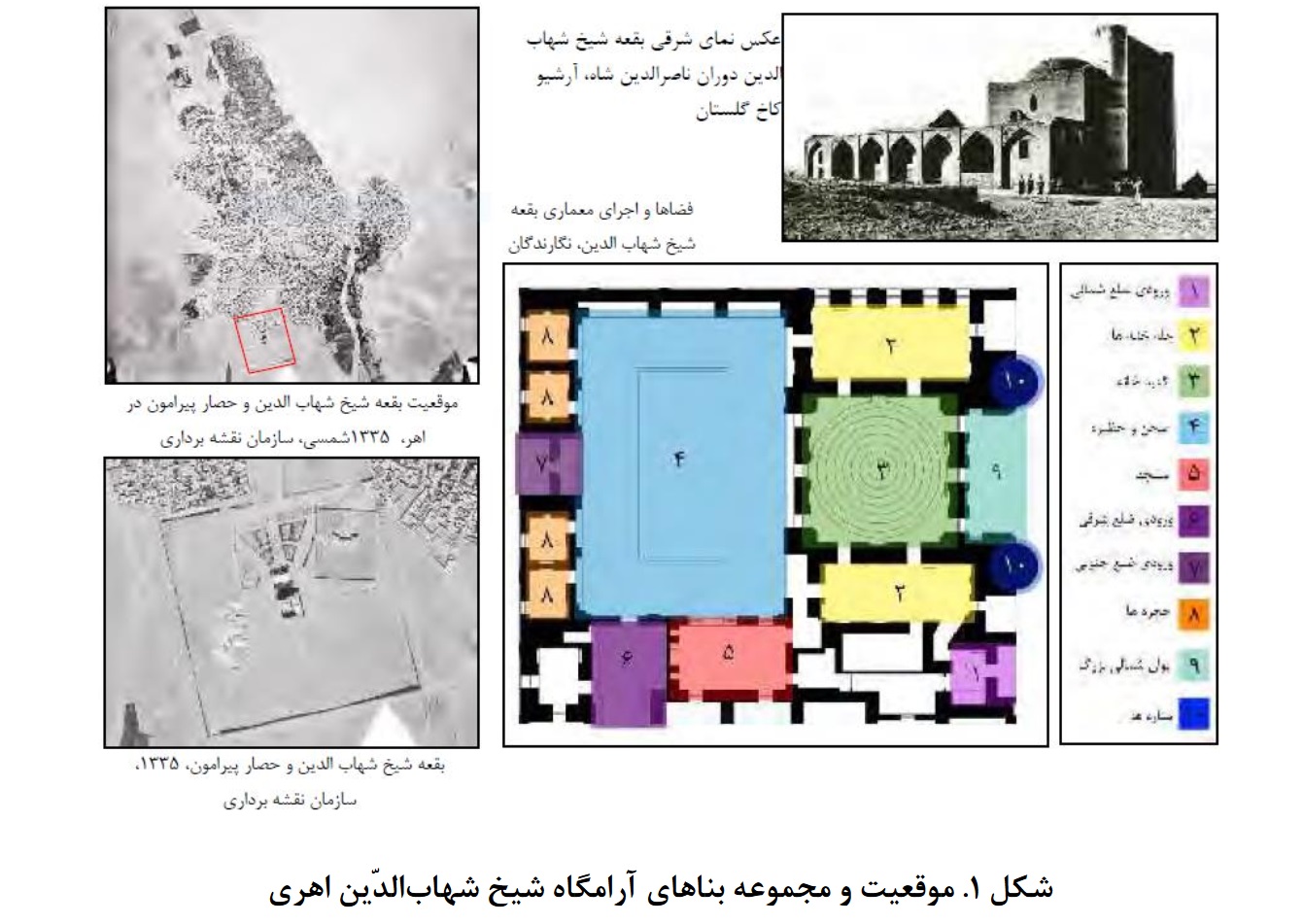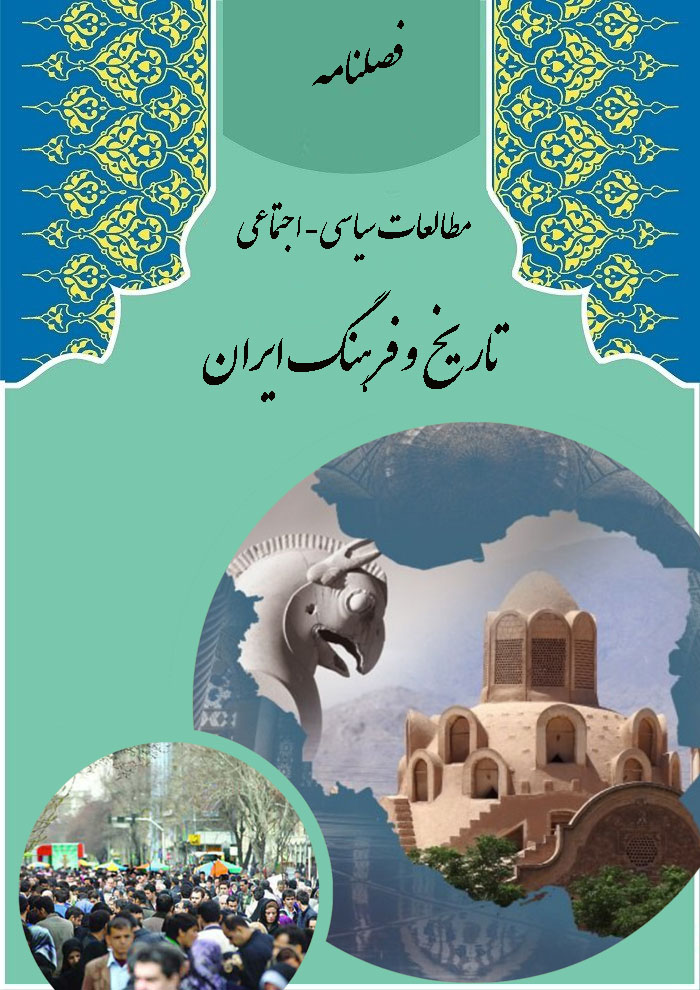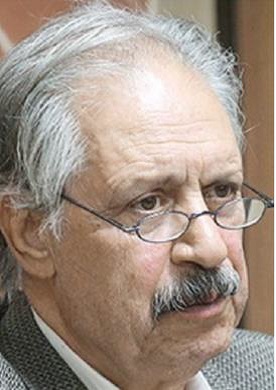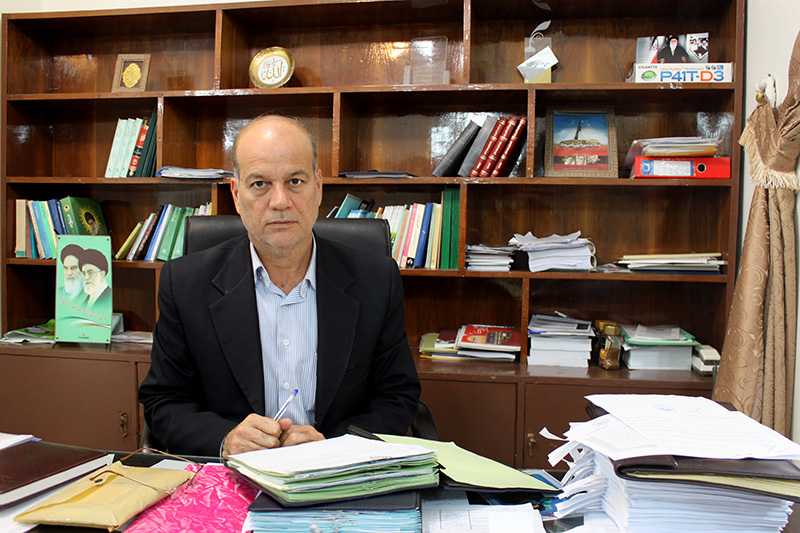Examining the Role of Sufi Tomb Complexes in Iranian-Islamic Architecture in the Azerbaijan Region from a Cultural History Perspective (Case Study: Sheikh Shahab al-Din Ahari Tomb Complex)
Keywords:
Sufi architecture, cultural history, tomb complex, khanaqah, Sheikh Shahab al-Din AhariAbstract
Sufism and khanaqah buildings have been an inseparable part of the history of Iranian architecture, serving as centers for the promotion and expansion of Islam across various regions for several centuries. These buildings are considered benevolent structures in various sources. In the history of Iranian architecture, the khanaqah system played a crucial role as an important element in terms of cultural history and architecture, which necessitates its examination. The Sheikh Shahab al-Din Ahari mausoleum is a khanaqah building. This complex includes a khanaqah, mosque, iwan, minarets, and numerous chambers with distinct architectural features. The purpose of this research is to examine the role of Sufi tomb complexes in the Iranian-Islamic architecture of the Azerbaijan region from a cultural history perspective, focusing on the Sheikh Shahab al-Din Ahari tomb complex. The research method is descriptive-analytical, and by studying library sources and historical and architectural documents, it identifies the cultural dimensions of Sheikh Ahari's khanaqah. Using the analysis of architectural and research documents, the study aims to understand the khanaqah spaces and depict the khanaqah pattern in the Sheikh Shahab al-Din Ahari tomb complex. The findings indicate that the structural entirety of the Sheikh Shahab al-Din Ahari complex was not created all at once, and its existence was influenced by the decisions and construction activities of different periods. In other words, the architectural appearance of this historical complex, in each of its formative stages, embodies and reflects the cultural stance of its time.
Downloads


















